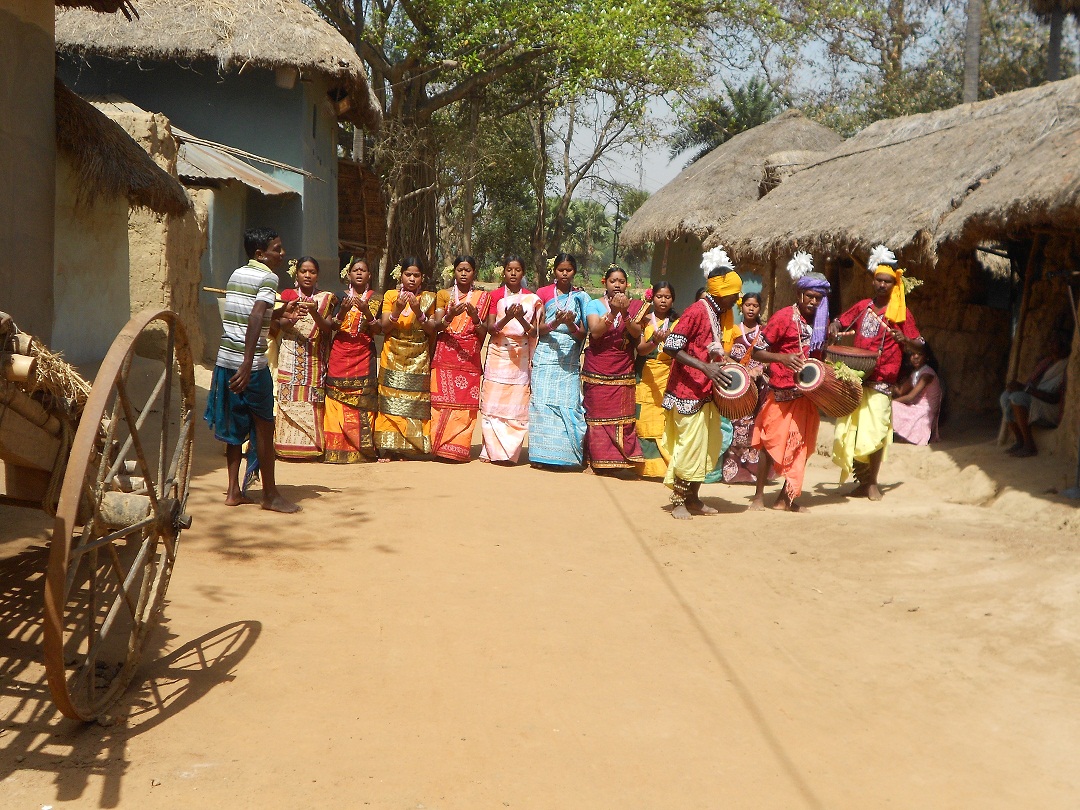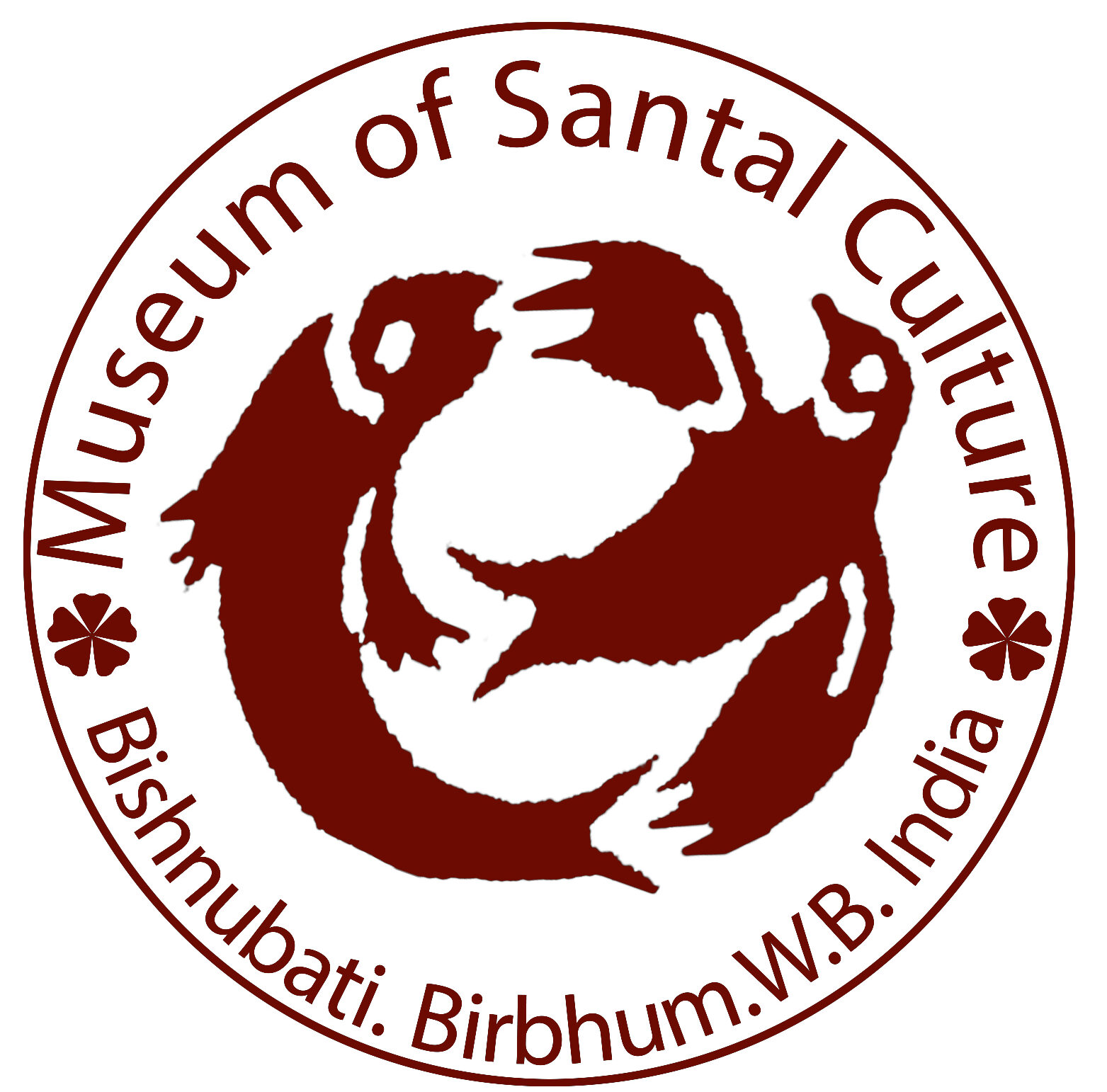
Who we are
The Santals –
Santals are the largest homogeneous community in India. According to the 1991 census of India, they are about 5,216,325 in number. Santals are also found in neighboring countries like Bangladesh, Nepal and Bhutan. They have oral traditions. Songs and rituals play an important role in cultural maintenance and transmission. Originally Santals were hunters – gatherers in the jungle as well as – known for clearing forest for agriculture. Presently they are indifferent agriculturists. For centuries, the Santals have been living as neighbours of other communities maintaining cultural and social distance. The Santals are regarded as one of the economically non-affluent communities of India. They are known to be simple, honest, peace loving, jovial in character, fond of their rice beer and ready to crack a joke. The social organization of the Santals is very complete; each village has its headman or Manjhi, with his assistant the Paranik; the Jogmanjhi is the in-charge of the young men and women; the Naike is the village priest, the Godet is the village convener. Over a group of villages is the Pargana or tribal chief, and over a group of Parganas is the Disom Pargana. Santals are divided into twelve exogamous clans and sub-clans, and their social observances are complex, e.g. while some relations are restricted and respected in nature and others are of joking. There are also relations based on age, experience and inter-clan relationship. Their religion is animistic, spirits (bongas) are everywhere around them: the spirits of their ancestors, the spirit of the house, the spirits dwelling in the patch of primeval forest preserved in each village. Every hill tree and rock may have its spirit. These spirits are propitiated by elaborate ceremonies and sacrifices, which generally terminate in dances, and the drinking of rice beer. Santali language is an agglutinative language of great regularity and complexity. The Santals are great storytellers too.
